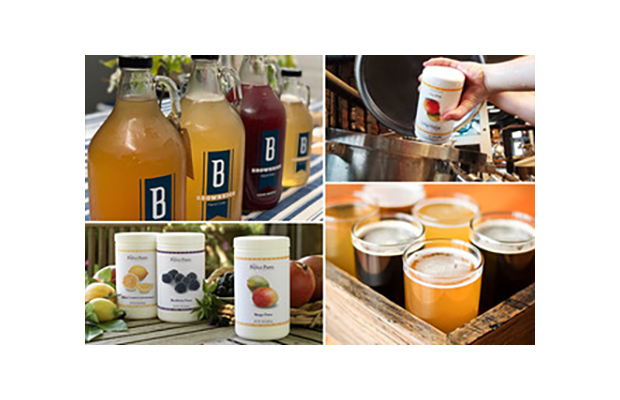
As a flavor component in craft beer and ciders, the Perfect Purée of Napa Valley’s premium frozen purées, zests and blends are helping brewers and cider makers infuse their products with consistent, fresh-picked flavor.
Through its complimentary sample program that offers brewers and cider makers the ability to experiment with up to 12 flavors, cider makers like Chris Brownrigg are able to maintain culinary-quality standards.
Brownrigg Hard Cider starts at Brownrigg’s home orchard on a 6,500-square-foot residential lot in Seattle where trellises of hops, grapes and berries are fertilized by chickens and rabbits and bounded by 50 fruit trees. Brownrigg grows most of his own flavor additions, like organic basil, and veers from his hyper-local focus for only the best-quality ingredients.
Top-Quality Tropical
“I’ll go all the way to Hawaii to find the appropriate ingredient,” Brownrigg says, referring to the organic ginger he sources from Hilo. “That’s how I found The Perfect Purée, in my search for a really high-quality tropical.”
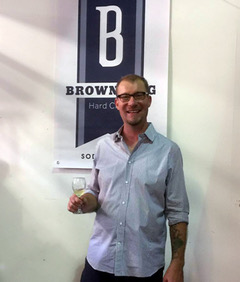 That search initially led him to products that were targeted at the beverage market but tasted cooked and jammy.
That search initially led him to products that were targeted at the beverage market but tasted cooked and jammy.
“That’s especially notable in peach and in tropical flavors. The stabilization process is hard on fruit and degrades the flavor,” Brownrigg says.
By comparison, The Perfect Purée’s culinary-quality frozen purées retain the bright flavor of fruit that’s carefully sourced from sustainable growers and picked when it’s perfectly ripe. Brownrigg says the “mimosa-like” quality of The Perfect Purée White Peach extends the availability of his popular White Peach Basil cider, which was awarded a double gold medal in Sip Northwest’s 2019 Best of the Northwest contest for stone fruit ciders (Sip Northwest is a sister publication of Cidercraft).
Brownrigg pairs bright pink Prickly Pear with Lychee for a cider he distributes around Valentine’s Day to restaurants and bars in Seattle.
“It’s very tropical off-season purposely with all the acid and the huge vibrant color and those big flavors coming through,” he says.
Another tropical, Mango, balances the citrus and spice in a recent test batch keg of cider that plays off the popular Mexican flavor combo chile y limon with house-made lime simple syrup and Santa Fe chilies from Brownrigg’s native state of New Mexico.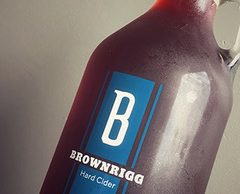
Brownrigg is experimenting with The Perfect Purée’s beverage blends and surprised himself (and his customers) with a cider flavored by the prominent pineapple notes of Thai Basil & Black Pepper and his own basil syrup.
“That one is a great seller because it has all this interest,” he says. “I like to make everything in house as much as possible but I don’t mind doing something that has a lot of ingredients if I can maintain that high quality.”
Technical Considerations
Brownrigg adds purées to stable, dry cider at the end of fermentation, a strategy he adapted from modern winemaking methods that also serves to reduce haze from fruit pectins. From there he can barrel age a cider, add botanicals, or tweak it to make it sweeter or drier. He says playing with the acid-sugar balance in purées is tricky and tends to work better with certain flavor combinations like lychee and prickly pear, in which the high acid content and sharp, bright tannic notes of prickly pear are offset by the viscous, milky base of lychee.
Purées aren’t suitable for every cider base. Brownrigg recommends using purées to flavor a base dry cider of table fruit or dessert fruit — one that’s asking for interest and not made to be aged as opposed to a heritage cider that can be aged past six months.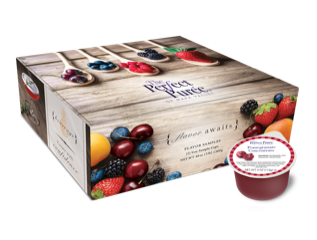
“You wouldn’t want to use a complex cider juice with any purée,” Brownrigg cautions. “You want those ciders to stand on their own.”
Cider makers and brewers can sample The Perfect Purée’s robust flavor line-up of fruit purées, zests and blends through The Perfect Purée’s complimentary sample program.



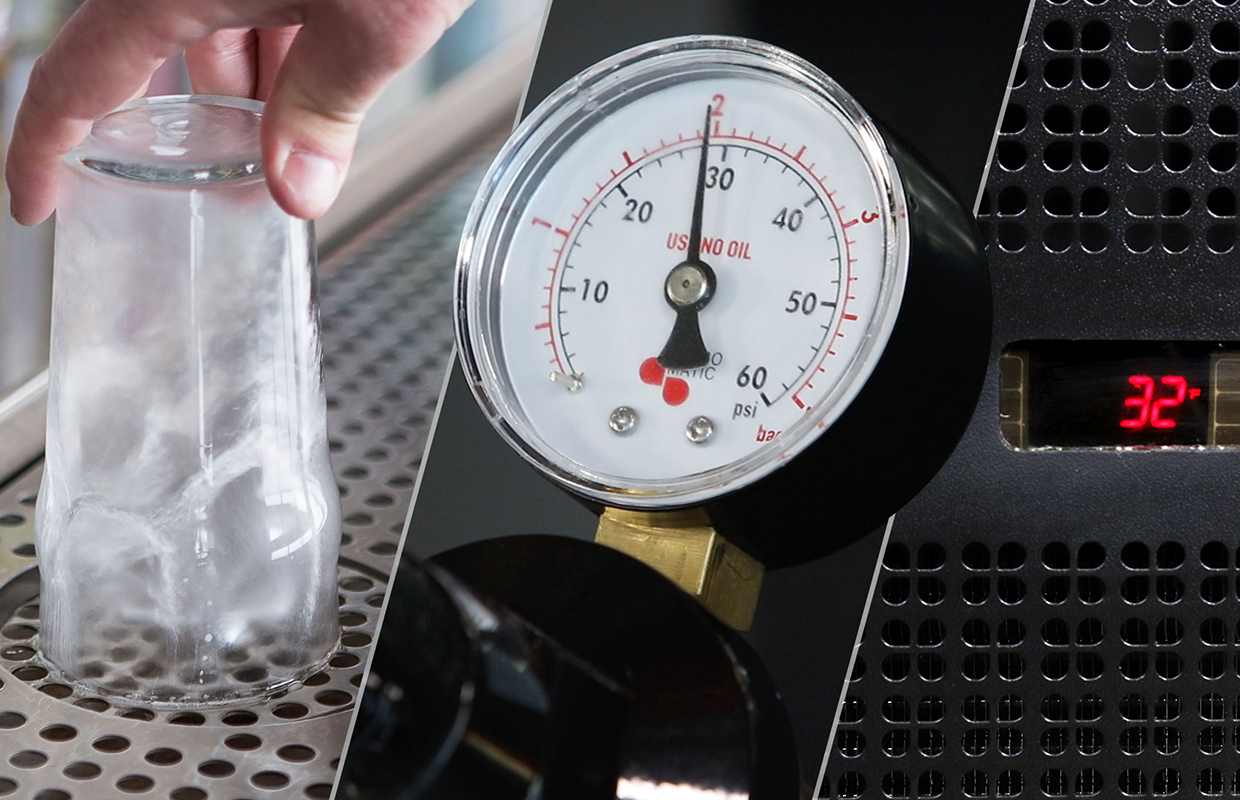
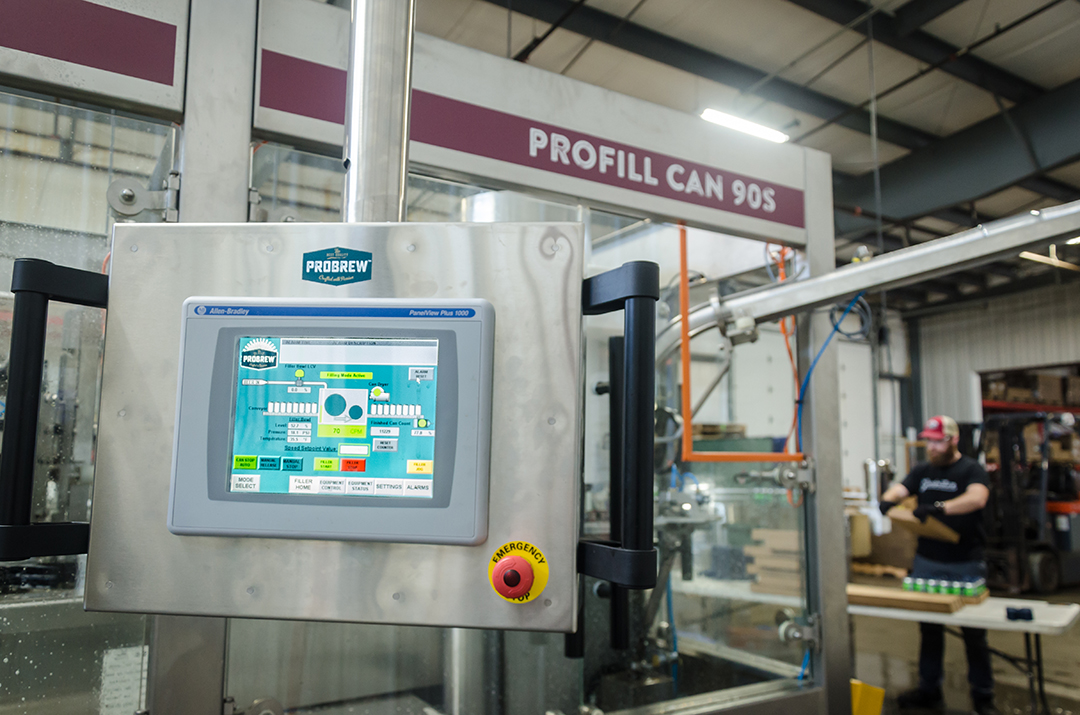
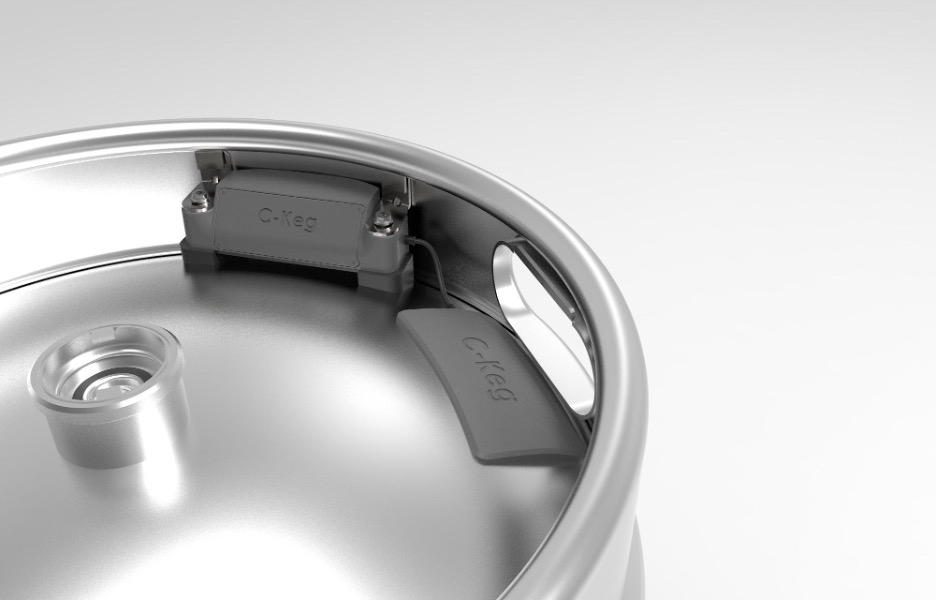
Be the first to comment